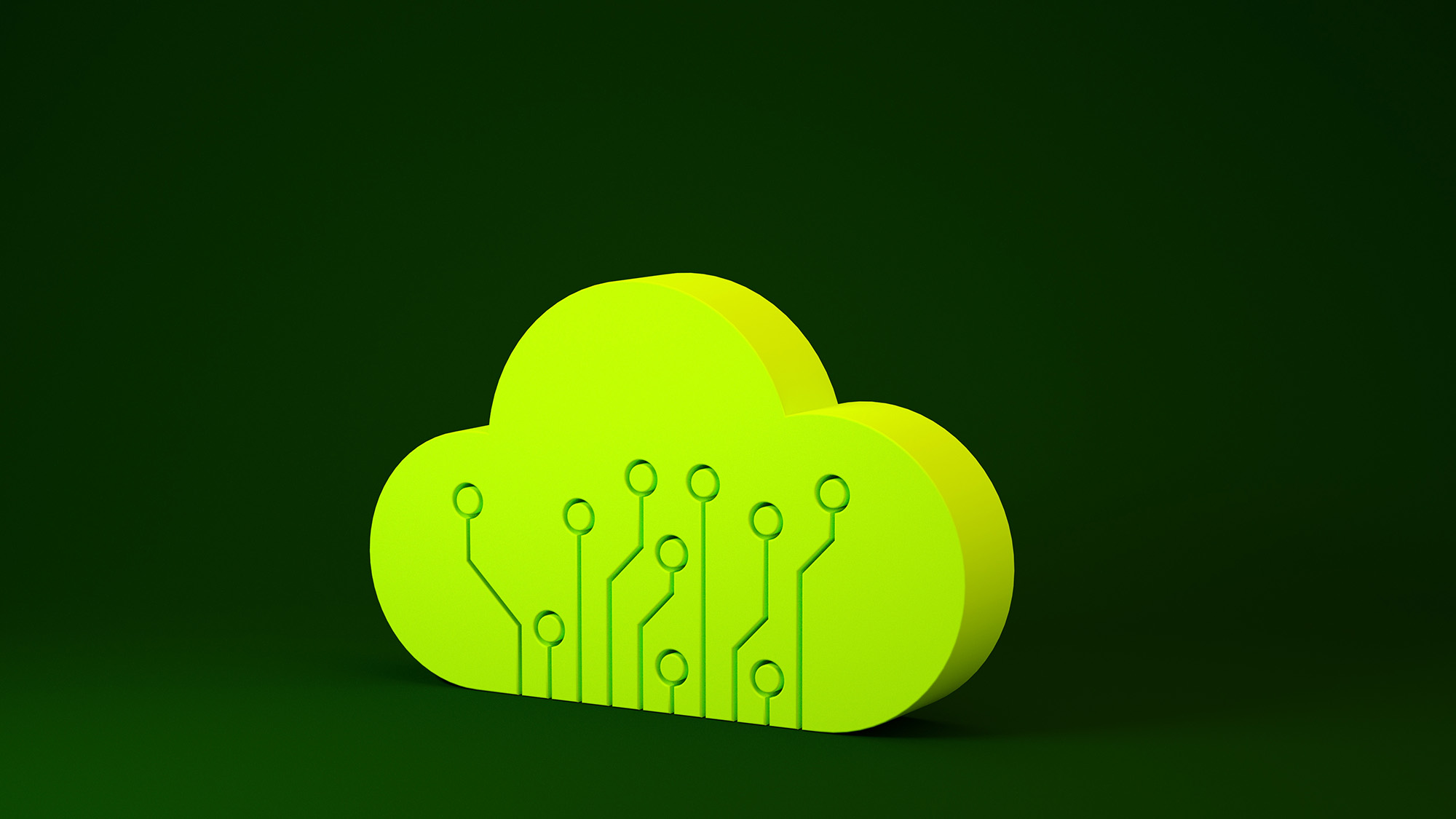Government saves £7 million by going green
But it has a long way to go before becoming carbon neutral.


The government has saved millions of pounds over the past year by being greener with IT.
Last year, the government unveiled its green IT plans, saying it wanted to be carbon neutral by 2012.
Since then, the government has saved 7 million and 12,000 tonnes of carbon emissions, according to a progress report delivered by Cabinet Office Minister Angela Smith.
Such savings came from basics such as printing on both sides of paper and turning computers off at night.
The report highlighted the Crown Prosecution for saving 2.35 million by replacing its 9,500 computers and 2,5000 printers every five years instead of every three. The Home Office saved 2.4 million annually by removing unused IT equipment and boosting efficiency of what it does use.
"All departments have risen to the challenge of cutting their IT carbon footprints and countries from around the world are now looking to us for advice on how to follow our lead," Smith said yesterday in a speech.
"But it's not just about the Government," she added. "I hope that private companies and individuals will also recognise the savings that can be made and get on board."
Get the ITPro daily newsletter
Sign up today and you will receive a free copy of our Future Focus 2025 report - the leading guidance on AI, cybersecurity and other IT challenges as per 700+ senior executives
While the government has saved 12,000 tonnes of carbon emissions, public sector IT generates some 460,000 tonnes a year - making the goal of taking government IT carbon neutral by 2012 look rather difficult to achieve.
The report noted that 110 public organisations have created green IT action plans, with 80 per cent of their plans already delivered.
The basics of green IT were proving less of a problem to rollout than more complicated steps, according to the report.
More than half managed to set printers to default grey scale or duplex, but just six per cent put timer switches on non-networked printers.
Another half turned to virtual servers to cut power use, while a third did the same for storage. However, only four had taken their use of virtualisation far enough that they could turn off unused servers.
Click here for our top tips for green IT.
Freelance journalist Nicole Kobie first started writing for ITPro in 2007, with bylines in New Scientist, Wired, PC Pro and many more.
Nicole the author of a book about the history of technology, The Long History of the Future.
-
 Asus ZenScreen Fold OLED MQ17QH review
Asus ZenScreen Fold OLED MQ17QH reviewReviews A stunning foldable 17.3in OLED display – but it's too expensive to be anything more than a thrilling tech demo
By Sasha Muller
-
 How the UK MoJ achieved secure networks for prisons and offices with Palo Alto Networks
How the UK MoJ achieved secure networks for prisons and offices with Palo Alto NetworksCase study Adopting zero trust is a necessity when your own users are trying to launch cyber attacks
By Rory Bathgate
-
 Three innovative technologies to address UPS challenges at the edge
Three innovative technologies to address UPS challenges at the edgeWhitepaper With increasing focus on edge computing comes added pressure for better uninterruptible power supply (UPS)
By ITPro
-
 Accelerating FinOps & sustainable IT
Accelerating FinOps & sustainable ITWhitepaper With IBM's Turbonomic® Application Resource Management
By ITPro
-
 2022 State of the multi-cloud report
2022 State of the multi-cloud reportWhitepaper What are the biggest multi-cloud motivations for decision-makers, and what are the leading challenges
By ITPro
-
 What is green cloud?
What is green cloud?In-depth Tech firms can do their bit to support our march to a zero carbon lifestyle by cleaning up their cloud
By Sandra Vogel
-
 Green credentials sway cloud provider choice
Green credentials sway cloud provider choiceNews Sustainability a key factor in cloud provider selection, claims Rackspace survey.
By Rene Millman
-
 EMC: Virtual world safer than physical
EMC: Virtual world safer than physicalNews A leading EMC executive has made the bold claim that the virtual world is much safer than physical infrastructures.
By Jennifer Scott
-
 How green IT can ease recession blues
How green IT can ease recession bluesIn-depth Green technology is not just good for the environment – the recession has shown it makes business sense as well.
By Tom Brewster
-
 EMC World 2009: SSD will change face of industry
EMC World 2009: SSD will change face of industryNews Chairman and chief executive of EMC, Joe Tucci, predicts SSD will change the industry hugely thanks to its dropping price.
By Jennifer Scott